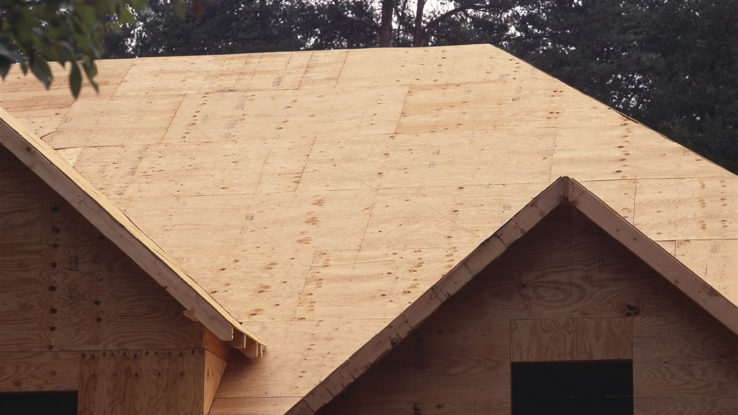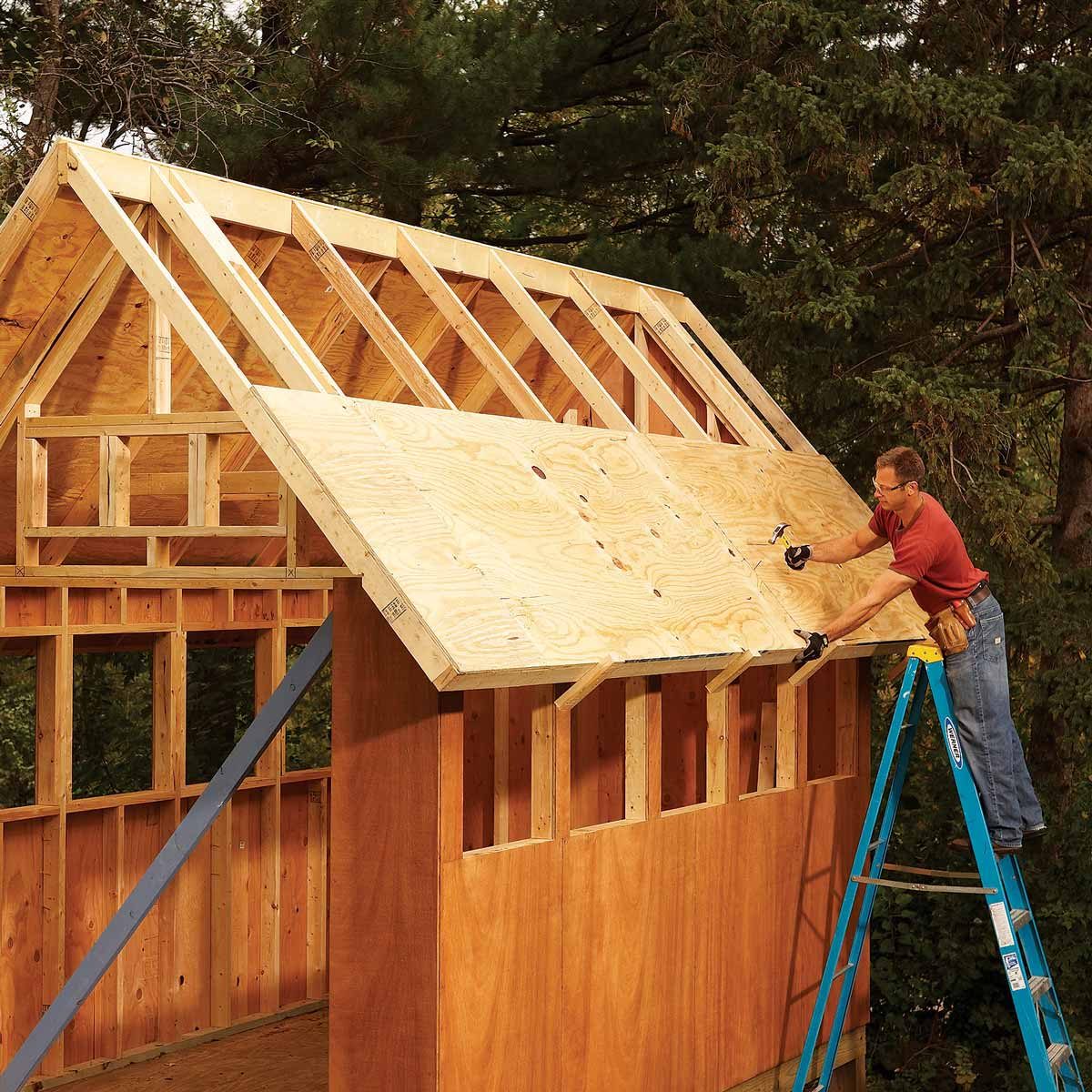It is formed from multiple layers of wood bonded together with a glue and the grains run in alternate directions through each layer which ensures the board s strength is.
Plywood under roof is soft.
If you can tell there s a soft spot on your roof this most likely means that the substrate below the roofing material is damaged and deteriorating.
Although the roof structure takes the majority of the weight plywood needs to be able to support the rest of the roofing system.
Rafters run from the peak of the roof.
The minimum plywood for roofing.
Most roofs have plywood sheeting underneath the roofing tiles or shingles.
These soft spots usually form when the layer underneath gets soaked due to gaps in the shingles.
Osb and plywood come in thicknesses ranging from 5 16 to 3 4 inch and the thickness needed for a particular roof depends on several factors including rafter spacing expected load and roof design.
It determines how long your roof will last and how well it will protect the contents of your home.
Most roofs have plywood sheeting underneath the roofing tiles or shingles.
Over the period of manufacturer s designated roof lifetime of 25 to 30 years that plywood is exposed to heat in the summers heavy rains and the winter weather and cold.
In roofing plywood is often selected due to its strength.
Both osb and plywood for the roof have been approved for use so it may come down to what you feel most comfortable using.
This can be a result of the plywood sheeting becoming wet from rain above or from moisture not being able to escape from below and leading to mold mildew growth on the wood.
Choosing the right type of plywood for the roof is one of the most important construction decisions that you will have to make.





























